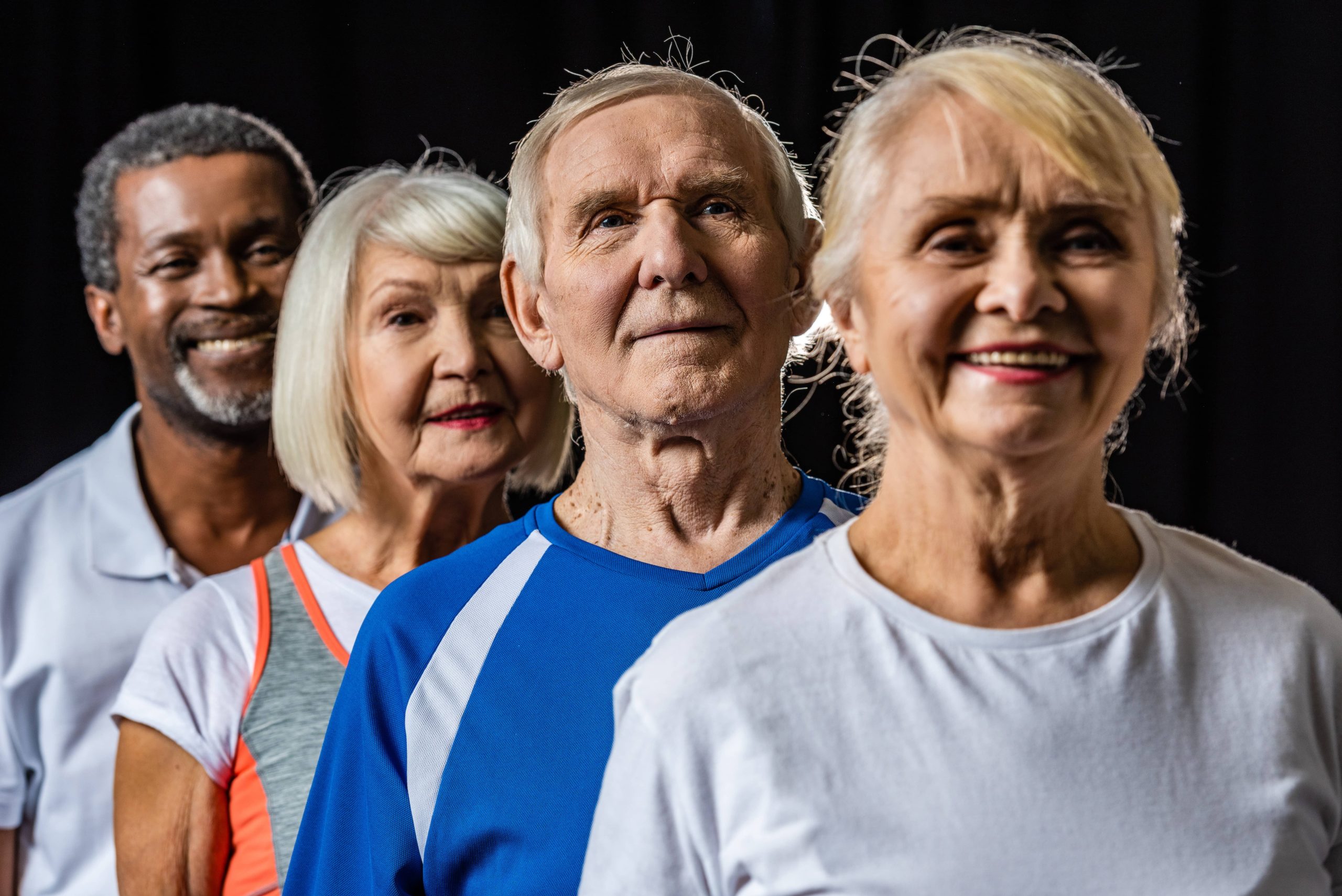
Aging is an inevitable part of life, a journey we all embark on from the moment we are born. Yet, how we experience this journey varies widely among individuals. Aging gracefully sounds like a lofty goal or perhaps a vague ideal, but it is something attainable for everyone. The secret sauce to achieving this is to remain active. This doesn’t merely pertain to physical activity but encompasses mental, emotional, and social engagement as well. Let’s explore how an active lifestyle contributes to a better quality of life as we age and ways to incorporate activity into our daily routines.
The Intersection of Activity and Aging
A report from the World Health Organization highlighted that by 2050, the global population of people aged 60 years and older is expected to reach 2 billion. As the demographic shifts, understanding the significance of remaining active becomes vital for our collective future.
Staying active is multi-dimensional. It not only involves maintaining physical health but is intrinsically tied to mental well-being and emotional resilience. The human body is made to move, and the mind is designed to grow and learn continually. Engaging actively at all levels helps slow down the aging process, boosts longevity, and enhances overall satisfaction with life.
Physical Activity: The Foundation of Active Aging
1. Incorporate Regular Exercise: Exercise is one of the most important means to foster active aging. According to various studies, staying physically active reduces the risk of chronic diseases such as cardiovascular conditions, diabetes, and arthritis. Aim for at least 150 minutes of moderate aerobic activity, like brisk walking or biking, weekly, combined with muscle-strengthening exercises on two or more days a week.
2. Diversify Your Movement: Consider integrating various forms of exercise to keep things interesting and to engage different muscle groups. From yoga, tai chi, and Pilates to swimming and weight training, each activity offers unique benefits such as improved flexibility, strength, endurance, and balance. Balance exercises are particularly crucial as they help prevent falls, a common concern among older adults.
3. Active Habits Matter: Beyond structured exercise, nurturing a lifestyle that encourages movement is crucial. Gardening, dancing, or playing with grandchildren, for instance, can serve as enjoyable ways to keep the body in motion. Even household chores can significantly contribute to daily physical activity levels.
Mental Activity: Keeping the Mind Sharp
1. Engage in Continuous Learning: The brain, much like a muscle, requires challenges to stay strong. Engage in activities that stimulate critical thinking and learning, such as puzzles, reading, writing, or exploring new languages. Online platforms have made it easier than ever to enroll in courses and learn at any age.
2. Creative Pursuits: Painting, playing an instrument, or crafting have cognitive benefits and serve as a powerful means to express oneself. Such activities stimulate different parts of the brain, creating new connections and maintaining cognitive health.
3. Mindfulness Practices: Activities like meditation and deep-breathing exercises can help maintain mental clarity and reduce stress levels. They assist in enhancing concentration, boosting mood, and improving overall emotional stability.
Emotional and Social Activity: Connection Matters
1. Fostering Relationships: Humans are inherently social creatures, and maintaining connections is critical for emotional health. Regularly interacting with family and friends, joining clubs, or participating in community services fosters a sense of belonging and purpose.
2. Volunteer and Mentor: Engaging in volunteer work or mentoring someone not only helps others but gives a profound sense of purpose and satisfaction. Sharing experiences and knowledge offers a dual benefit: aiding another’s journey while continuing your own learning path.
3. Support Networks: Be a part of a support group where experiences can be shared freely. These networks provide a platform for expressing emotions and reduce feelings of isolation and loneliness.
Nutrition and Lifestyle: Complementing Active Living
1. Balanced Nutritional Intake: A balanced diet rich in fruits, vegetables, lean proteins, and healthy fats supports physical and mental well-being. Foods with antioxidants, omega-3 fatty acids, and vitamins like A, C, D, and E are essential in maintaining cognitive function and overall health.
2. Adequate Sleep: Quality sleep is as crucial as physical activity and diet. It’s during sleep when the body heals and the mind rejuvenates. Prioritize achieving 7-9 hours of sleep daily to stay refreshed and alert.
3. Hydration and Limited Alcohol Consumption: Staying hydrated is often overlooked but vital for maintaining overall wellness. Moreover, limiting alcohol intake can significantly reduce the risk of age-related diseases.
Barriers and Solutions
While the benefits of staying active are extensive, barriers may arise, such as health issues, lack of motivation, or limited resources. Overcoming these begins with:
– Setting Realistic Goals: Start small. Whether it’s a short walk or 10 minutes of meditation, every action counts.
– Seeking Support: Reach out to friends, family, or professionals for companionship or advice on remaining active.
– Adapting Activities: Modify exercises to accommodate physical limitations or preferences to ensure participation and enjoyment.
Conclusion
Staying active is not just about adding years to life but life to years. It is about embracing every stage of life with vigor, curiosity, and joy. Adopting an active lifestyle is a holistic approach that rewards with improved health, cognitive function, social connections, and emotional well-being. It is the bridge to aging not just gracefully but purposefully and joyfully. Embrace activity not as a chore, but as a doorway to continuing a life of meaning and fulfillment, regardless of age.
Age is inevitable, but how we navigate it is a choice. Choose to stay active, and in doing so, celebrate the endless possibilities that each day brings.











